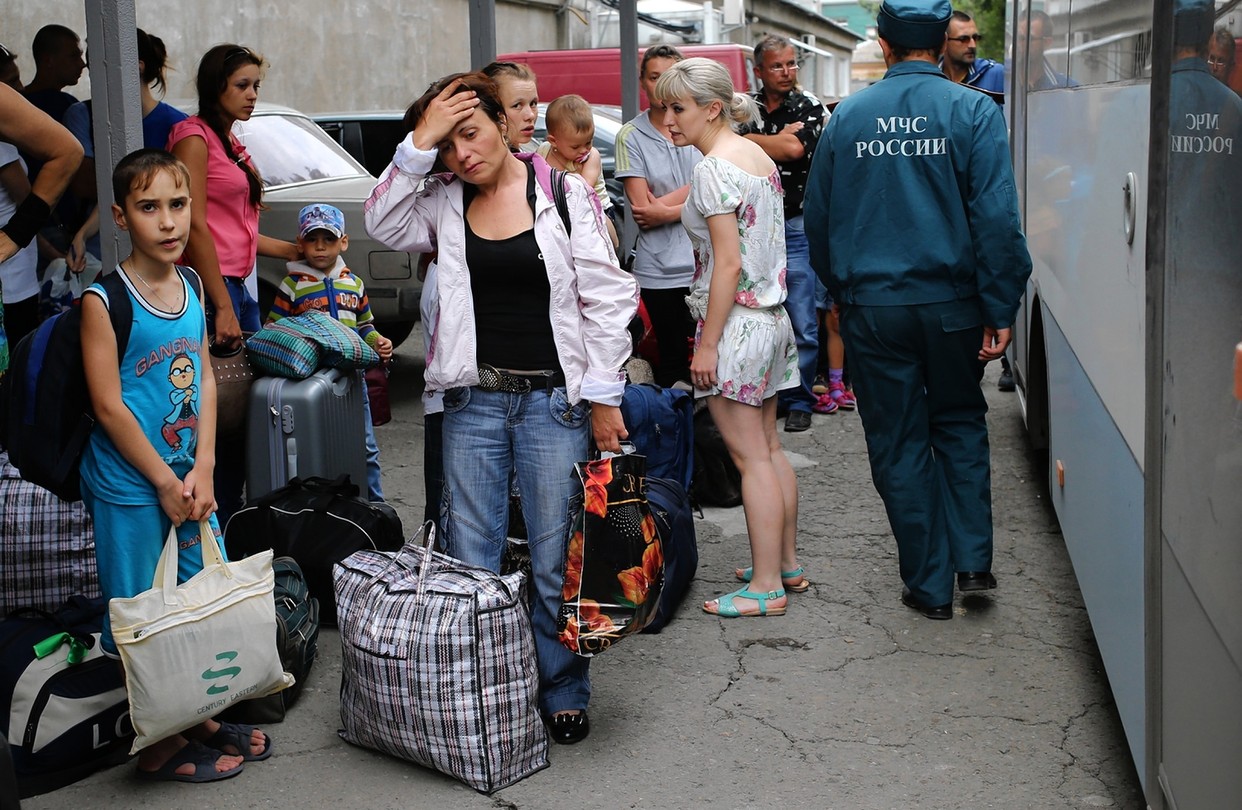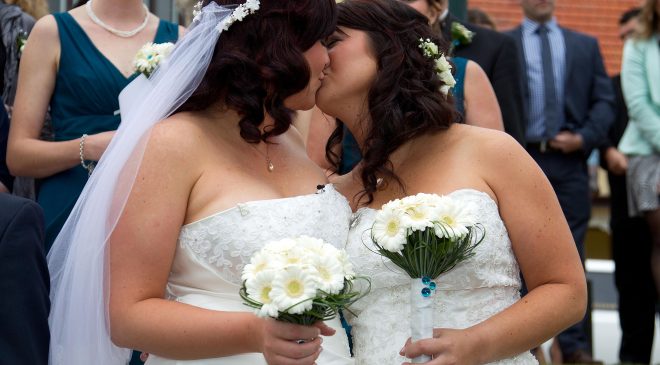I just returned from a two-week speaking tour of Poland, Hungary, Czechia, and Slovakia. Most of the focus was on Open Borders, which has been translated into Polish, Hungarian, and Czech. Lots of Americans urged me to cancel the visit, or at least leave my 12-year-old son behind. Since our family ignored the doom-sayers, my son and I had an inspiring and thought-provoking journey, making friends wherever we went.
As you’d expect, the Ukrainian refugee crisis was the hot topic throughout the entire region, so let’s start there.
1. While all four countries I visited are accepting multitudinous Ukrainian refugees, their public reactions vary drastically. Poland is in a state of national euphoria. Paired Polish and Ukrainian flags are everywhere. Poland reminds me of America just after the George Floyd protests – except that instead of rioting in the streets, the Poles are welcoming strangers into their homes. Hungary, at the other extreme, has near-zero Ukrainian iconography anywhere. Nothing official – and next to nothing unofficial. Slovakia’s public euphoria is at roughly 15% of the Polish level, with Czechia at 25%.
2. In all four countries, the Ukrainian refugees I saw were well-dressed and in good spirits. Indeed, the best way to spot refugees was by their demographics at the train stations: large troops of travelers bereft of grown men. Our original train from Krakow to Wroclaw was fully filled with refugees, but the Poles rolled up a second train on the same route for paying customers.
3. The scale of the refugee inflow boggles the mind. Poland, a country of 38 million, has taken in 2.3 million Ukrainians – 6% of its population. That’s equivalent to the U.S. accepting 20 million refugees – about 200x what the U.S. was annually accepting before Trump.
4. During earlier refugee crises, the go-to reason to exclude was, “We just can’t take any more.” The Ukrainian exodus exposes this rhetoric as nonsense. The real story is: “Where there’s a will, there’s a way.” If a middle-income country wants to increase its population by 6% in three weeks, it can. That’s hard fact; “We’re stretched to the breaking point” is just the diction of Social Desirability Bias. “We can’t take more refugees” is grammatically akin to “I can’t come to your birthday party.”
5. From a slightly different perspective, what matters most is not capacity, but priorities. State priorities explain more than state capacity; social priorities explain more than social capacity. Yes, the Polish government is paying Poles to accept refugees into their homes, but the pay is just 1,200 zloty per month – less than $10 per day. Millions of Poles are doing it anyway, because they choose to make Ukrainians a high priority.
6. During the Syrian crisis, Eastern Europe was notoriously reluctant to take refugees. This time, the East leads the charge. The standard explanation is “greater cultural similarity.” Poles, Czechs, Slovaks, and Ukrainians are all Slavs. Hungary disproportionately attracts Hungarian-speaking Ukrainians. Yet the economic distance between the receiving countries and Ukraine is so immense that you could easily frame it as an insuperable cultural divide. Poland and Hungary have four times Ukraine’s GDP per capita; Czechia and Slovakia, five times. Fortunately for the Ukrainians, few Eastern Europeans choose this frame.
7. Despite Ukraine’s $4,000 per-capita GDP, Poland was already allowing about two million Ukrainians to legally work in Poland when the war began. Mexico’s per-capita GDP is $9,000, yet the U.S. still makes it almost impossible for average Mexicans to even visit, much less work.
8. The EU gave Ukraine visa-free travel back in 2017. Technically, then, Ukrainian citizens had the right to enter Poland, Hungary, Czechia, and Slovakia before the war even started. What’s striking is that the destination countries made no effort to suspend this right when millions suddenly ran for the border. The UK, in contrast, pre-emptively revoked most Hong Kong migration rights before negotiating the colony’s hand-off to mainland China. Once again, what counts is state priorities, not “state capacity.”
9. Though I’ve studied immigration for two decades, I’ve never been in the middle of a refugee crisis before. More than a few critics have treated my lack of first-hand experience as a reason to dismiss my arguments. Now I’ve seen Europe’s biggest refugee crisis since World War II with my own eyes in four different countries. Does this mean the critics will suddenly start taking my views more seriously? Don’t bet on it!
10. Such critics were wrong but are right. Witnessing a refugee crisis is an emotional awakening, but tells you little about immigration’s long-run economic, social, or political effects. I say that Ukrainian migration will be great for the EU and the world, but not because I saw cute Ukrainian kids feeding their pets in train stations. I say that Ukrainian migration will be great for the EU and the world because the arguments I made in Open Borders are intellectually sound.
11. Did anything I personally saw surprise me? Yes. I thought the refugees would look far more desperate and dejected. Perhaps I just underestimated hedonic adaptation. Yet the main story is probably that receiving a warm welcome after fleeing a war zone is a sublime joy. Too bad every refugee can’t expect the same.




